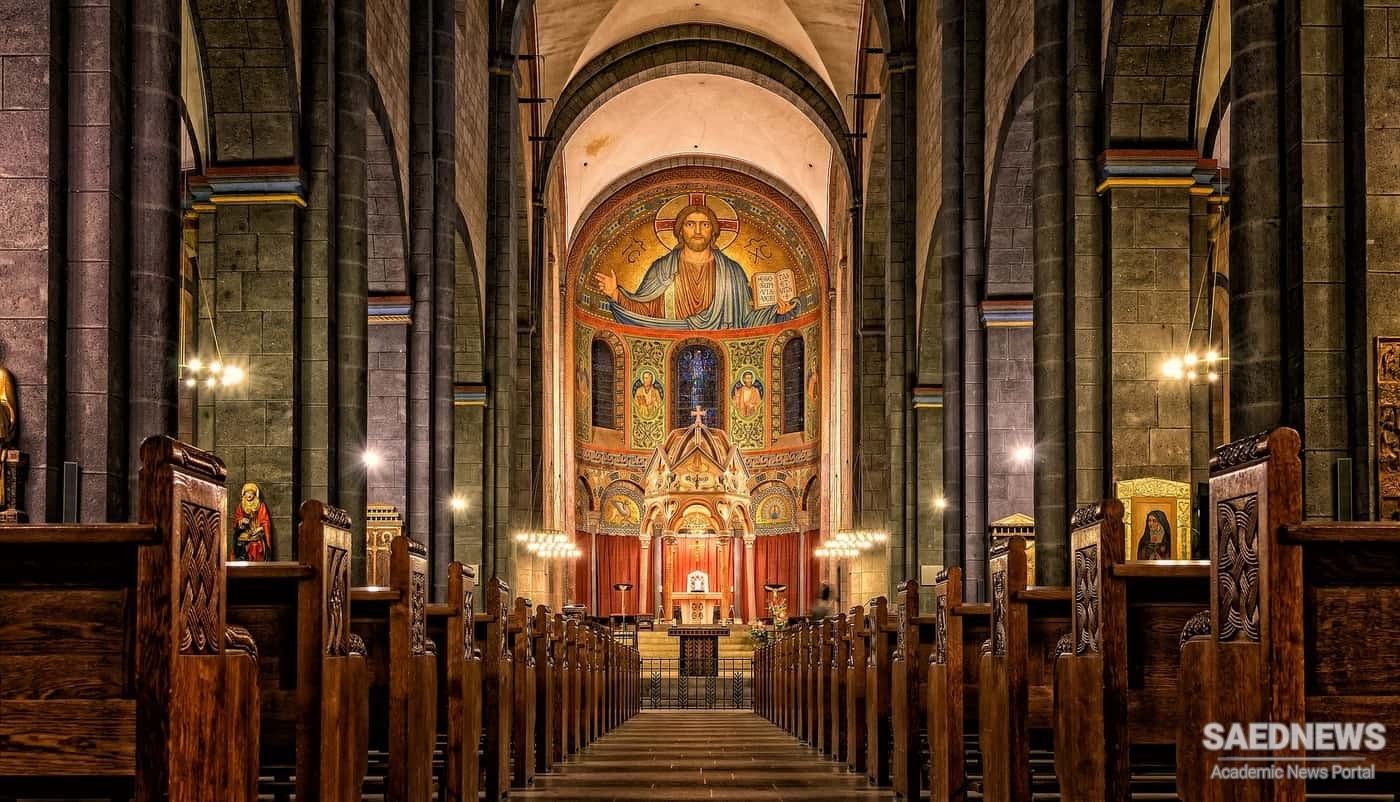The narratives of sacred places occur within the discourses of particular religious traditions. This is not to say that all sacred places must be associated with a recognized religious body. It simply means that the meaningful experience articulated in the narrative of the place must have some larger discursive framework that orients an understanding of sacrality. To deem a place sacred, there must be an understanding of what the sacred entails. This understanding, I contend, relies on discourses of particular religious traditions. Such reliance usually takes a positive form. Christians who regard a site as sacred because it is a place of God participate positively in a Christian theological discourse; they reinforce what they regard as the accepted Christian tradition. On the other hand, the narrative of a sacred place may pose a negative counter-discourse to the religious tradition. An auspicious gathering place for a band of Satanists, for instance, poses a threatening alternative to normative Christian discourse. As Elaine Pagels demonstrates, the discursive origins of Satan in Jewish apocalyptic sources became part of normative Christian traditions that vilify anyone who pays respect to the demonic figure. Yet, the Satanists’ claims of sacrality nevertheless rely on normative Christian traditions to suggest their own criteria and parameters of sacred experience. The experience of the sacred in particular places tends to reinforce locative claims, especially in monotheistic traditions. Thus, places regarded as sacred often have an air of permanency that transcends the contingencies of human mortality; the sacred places of a religious tradition will survive long after individual religious adherents have passed away. In fact, sacred sites serve as an enduring symbol of, and orientation for, the continuance of the religious community itself. Their importance also makes them geographical centers that orient the spatial worlds of religious communities. In many cases they become literal centers of the world. As an example, Mircea Eliade, a great advocate of locative claims of sacred places, argues: “Revelation of a sacred space makes it possible to obtain a fixed point and hence to acquire orientation in the chaos of homogeneity, to ‘found the world’ and to live in a real sense.” He consistently emphasizes the role of sacred places in orienting religious communities, as when he describes “techniques of orientation” as “techniques for the construction of sacred space”. To Eliade, a sacred space represents the center of the world; it is, in his famous term, an axis mundi. Even moveable objects can operate in this locative, orienting manner. Eliade’s example of the kauwa-auwa, or sacred pole, of the Achilpa people of Australia (an example that Jonathan Z. Smith critiques), demonstrates how an itinerant object can serve locative ends. According to Eliade: This pole represents a cosmic axis, for it is around the sacred pole that territory becomes habitable, hence is transformed into a world. . . . During their wanderings the Achilpa always carry it with them and choose the direction they are to take by the direction toward which it bends. This allows them, while being continually on the move, to be always “in their world” and, at the same time, in communication with the sky into which Numbakuyla [their creator god] vanished.


 The Sacred, Meaning and the Spiritual Enlightenment of Pilgrims
The Sacred, Meaning and the Spiritual Enlightenment of Pilgrims














































